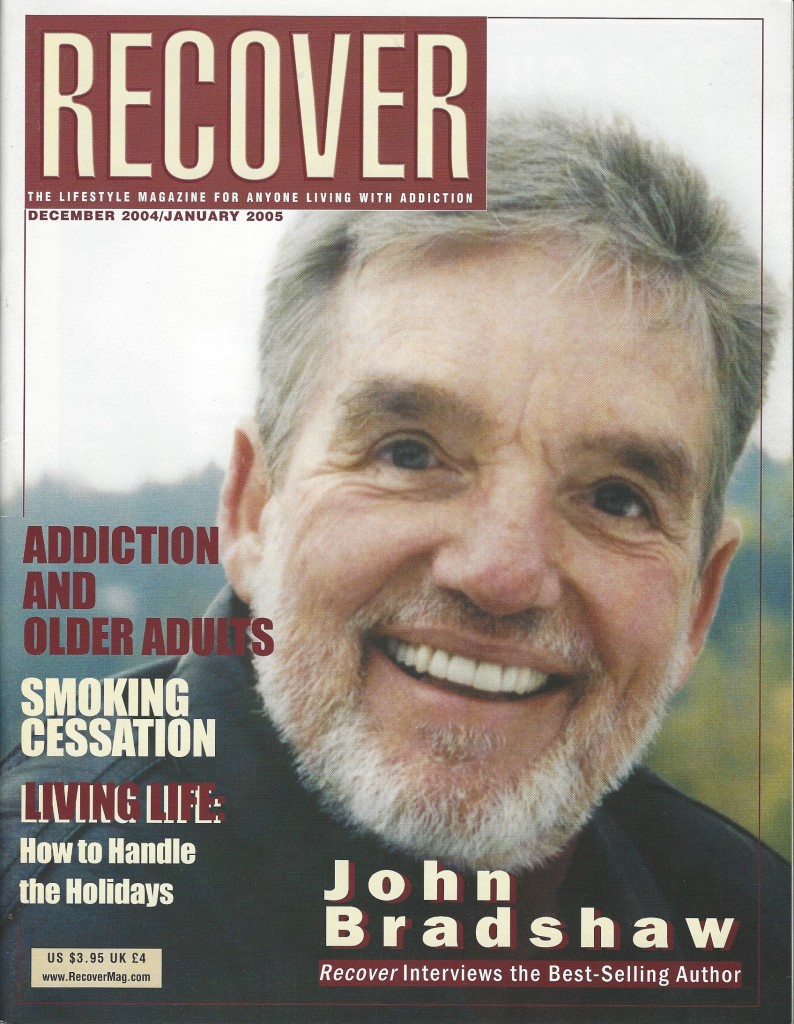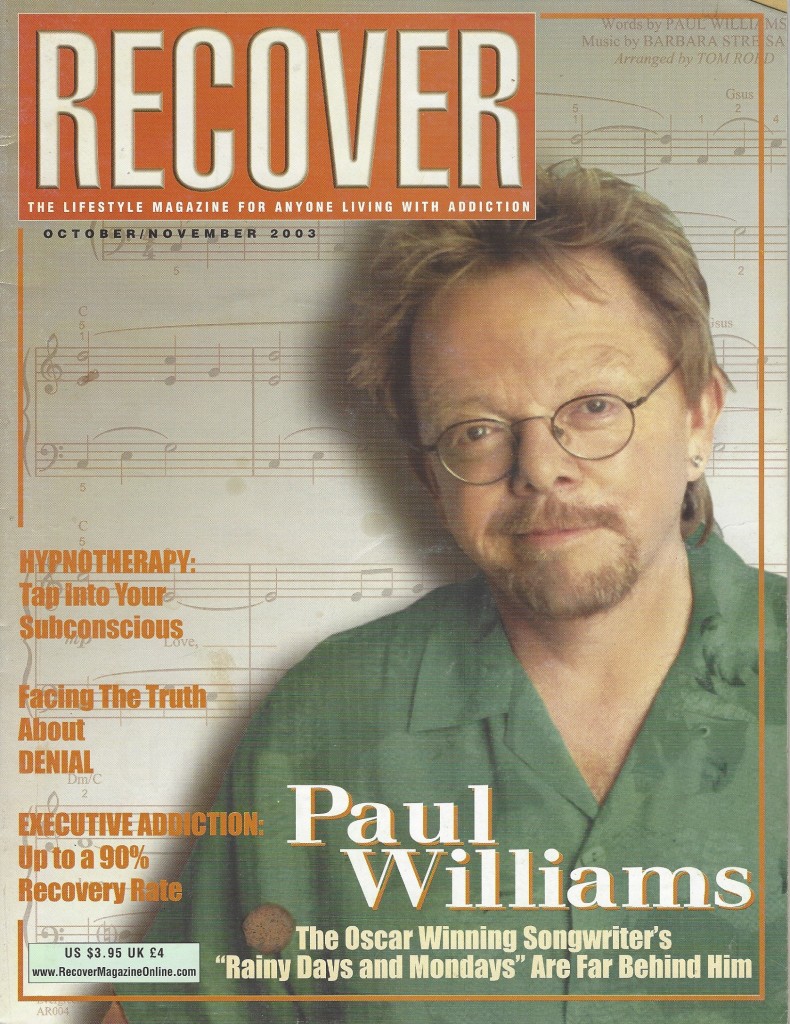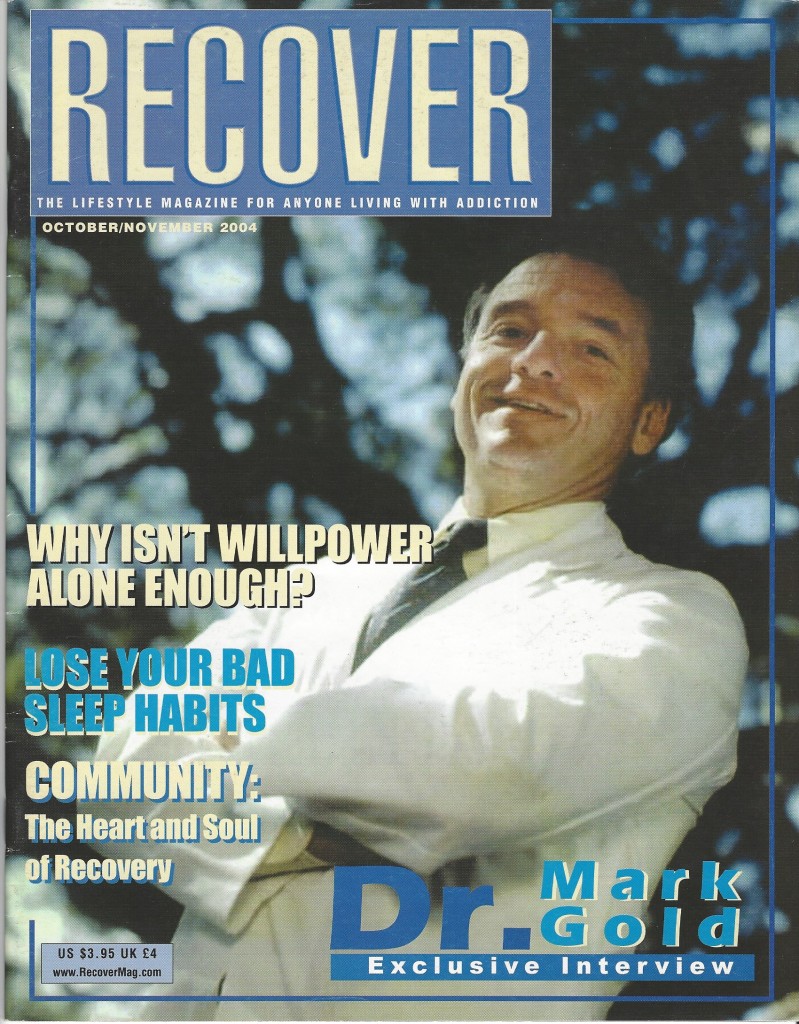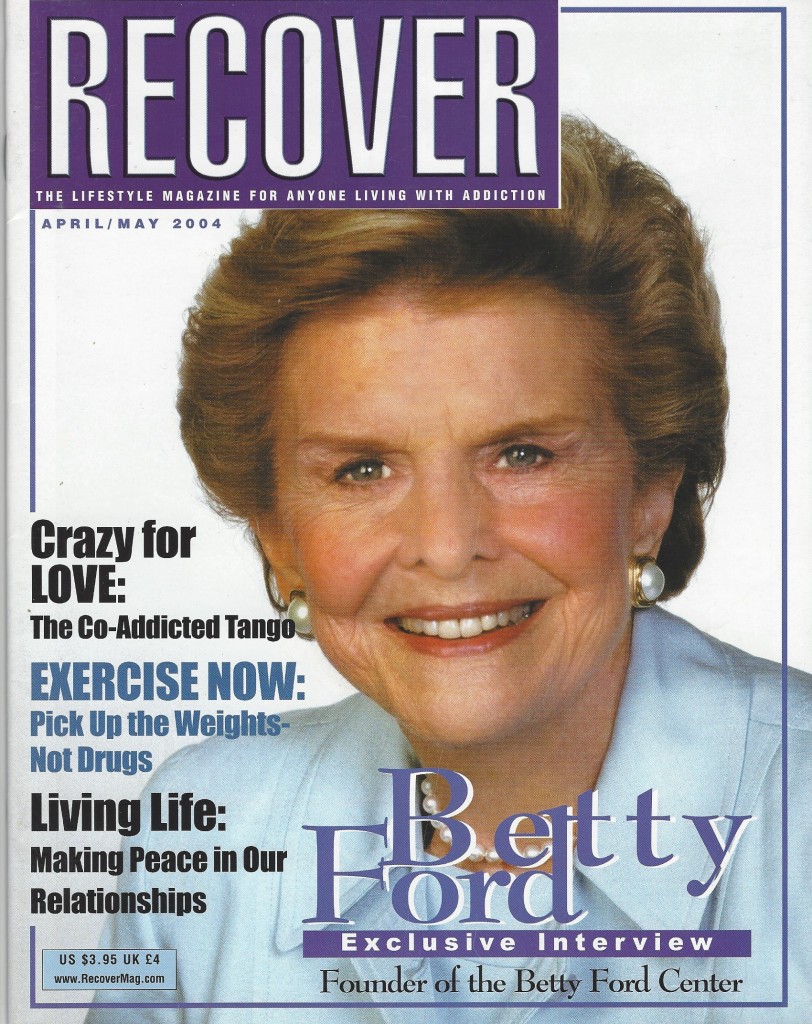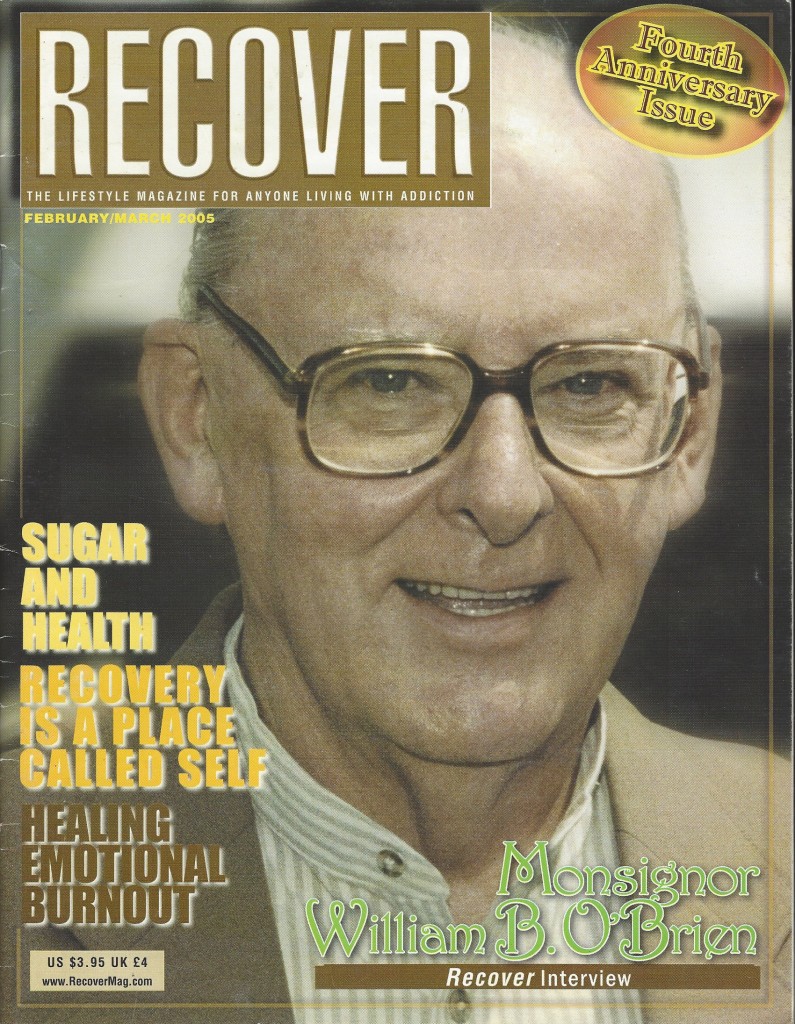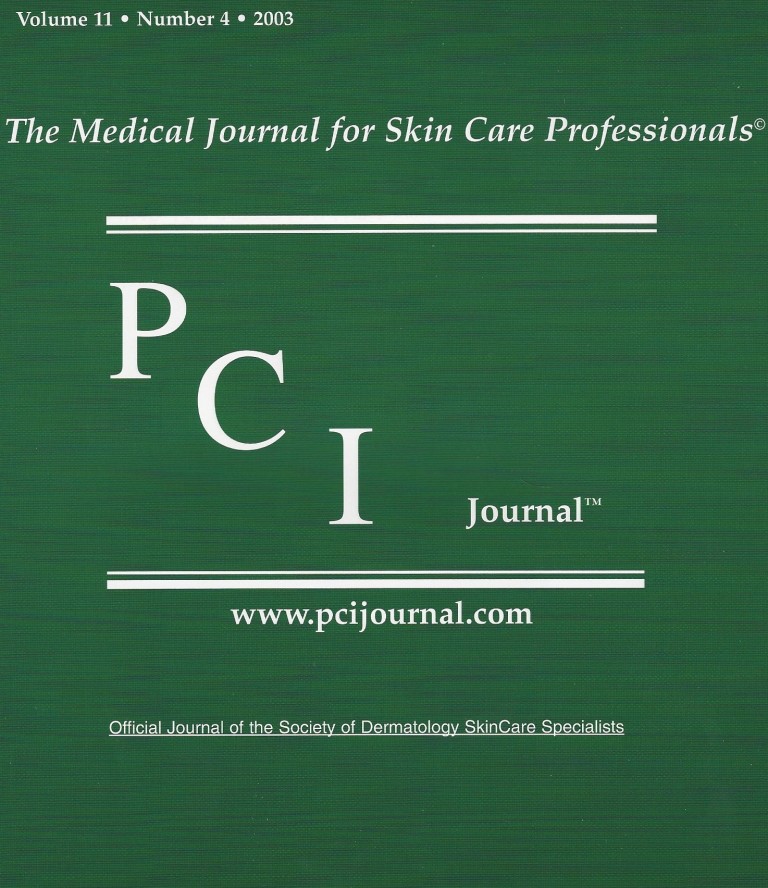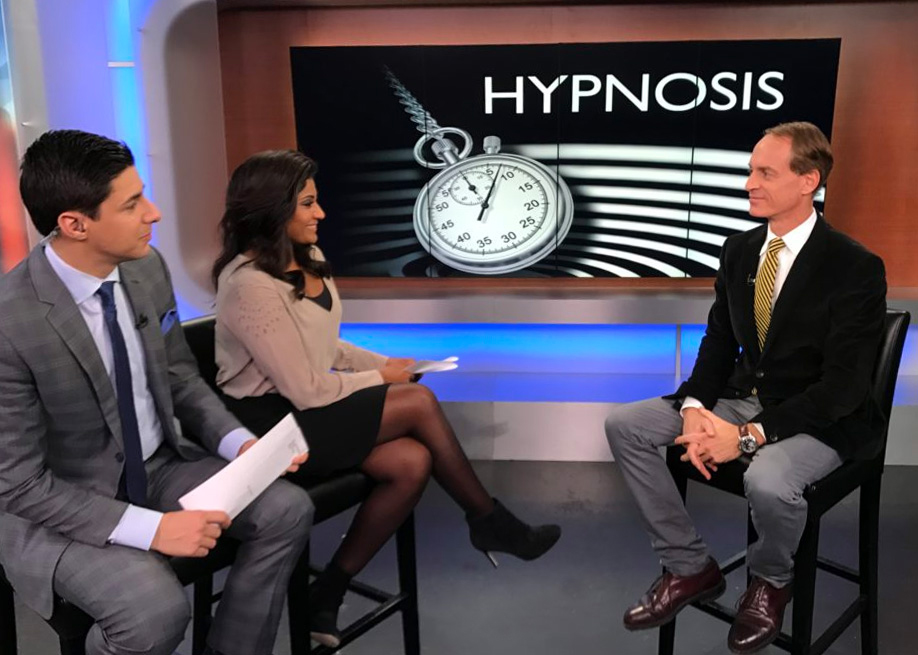“Smoking and Addiction” From RECOVER Magazine January 2005 by Jeffrey Rose, Clinical Hypnotist
Let’s get this out of the way, smoking and nicotine addiction are very bad for one’s health, but you know this. However knowing this and taking it to heart produce different reactions. The use of tobacco and its resulting nicotine addiction is responsible for killing more than 430,000 people each year in the United States, more people than die from car accidents, homicide, suicide, fire, and alcohol, cocaine, heroin and AIDS combined. Tobacco use in some form accounts for around one in three of all deaths from cancer in the U.S. Smoking is responsible for 83% of all lung cancer deaths. Smoking also causes cancers of the mouth, larynx, pharynx, esophagus, kidney, bladder, pancreas, uterine cervix and some leukemia. Cigarette smoking also can cause lung diseases that can be just as serious as lung cancer. Smokers may develop chronic bronchitis, with their airways blocked up with mucous, forcing them to cough frequently, and of course smoking can lead to emphysema making it difficult for the lungs to perform their function of supplying adequate oxygen to the body. People with these problems tend to tire more easily and this influences them to avoid getting the exercise they need to promote their health.
Cigarette smoking is responsible for more than 65,000 deaths from chronic obstructive pulmonary disease (COPD), which includes chronic bronchitis and emphysema. Your heart is at risk. Smoking doubles the risk of heart attacks, and, in addition, is a major risk factor for peripheral vascular disease, which is the narrowing of the blood vessels that carry blood to the leg and arm muscles. Cigarette Smokers die much younger than non-smokers. Based on data collected from 1995 to 1999, the CDC estimated that adult male smokers lost an average of 13.2 years of life and female smokers lost 14.5 years of life because of smoking. For smokers between the ages of 35 and 70 the death rate is three times higher than those who have never smoked. Tobacco smoke is a major source of indoor pollution. Secondhand smoke causes about 3,000 lung cancer deaths every year among those who do not smoke, and is a factor in up to 40,000 deaths related to cardiovascular disease for non-smokers too. Exposure to tobacco smoke in the home increases the severity of asthma for children and is a risk factor for new cases of childhood asthma. Tobacco is very bad for the reproductive health of a woman, leading to a reduction in fertility and an increased risk of having a miscarriage. If a woman who smokes conceives a child then she may face the possibility of having an early delivery or even a stillbirth. And women who smoke increase the chance that their baby will have a low birth weight.
See the future if you continue this path. If you would take a moment to think of yourself as getting any of the diseases promoted by a smoking and nicotine habit sometime in the future, note how painful it would be for you, both physically and psychologically. Think, for a moment, of how much unhappiness it would create for you and your loved ones, and how it would keep you from enjoying the more healthy life that is yours after you have become a permanent non-smoker. It is important to fully understand and feel both consciously and subconsciously, just how negative a nicotine habit is to your overall enjoyment in life, so that your mind, both conscious and subconscious, knows, without any delusion, just how much intense suffering will come to you unless you change your course in life. Now make that picture dimmer and less bright and move it away from you. Take a moment to see yourself free of your nicotine addiction in the future. Make this picture as bright as a sunny day. Look at how much healthier you look and feel. You can breathe freely, and enjoy the fresh air entering your lungs. Your skin is healthier and you look younger at an older age, while your clothes smell fresher and cleaner. You are totally free of all the physical problems smoking would have caused you. Wonderful, isn’t it! That’s right! When thought about it in this way, it is more pleasurable to not smoke. You’ve found other healthier ways to get pleasure and reward yourself. As a matter fact, cigarettes are now truly disgusting to you. As you see yourself a tobacco free person, notice, now, that you’re feeling fine, you’re so relieved, you’re so much more at peace, you’re so much happier, so much healthier, and now you’re freer to be who you really want to be. Notice how much more personally self-confident and filled with personal self-esteem, you now look and feel.
You may not fully know this, but the positive changes that result from becoming a permanent non-smoker, come sooner and are more pervasive than you ever imagined, making smoking cessation more immediately rewarding for you. Twenty minutes after you have quit your blood pressure has dropped to the level just before your last cigarette and the temperature of your hands and feet increase toward a more normal level. Eight hours after you have quit the carbon monoxide level in your blood will have returned to a normal level. Just twenty four hours after you have stopped smoking, your chance of a heart attack will already be decreasing. In the following weeks your circulation will be improved and the functioning of your lungs, even as soon as several weeks to three months time, will have improved by 30%. In subsequent weeks you will be able to look forward to other significant health improvements. Sinus congestion, shortness of breath and coughing will have decreased. The cilia function within your lungs will return to normal, enabling you to deal with mucous and clean the lungs, and thus reduce any infection. One year after quitting, your risk extra risk of heart disease will be half that of someone who has continued to be smoker. After five years the risk of a stroke can be reduced to that of a non-smoker. Ten years after quitting smoking your lung cancer rate will be half of that of someone who has continued to smoke, and your risk of cancers of the mouth, throat, esophagus, pancreas, kidney and bladder will all have decreased. Fifteen years after you have quit and become a permanent non-smoker your risk of coronary heart disease will have fallen to that of some who does not smoke. A 35-year-old man who becomes a permanent non-smoker will, on the average, increase his life expectancy by 5.1 years. And, of course, the quality of his life will be greatly increased during all his years, no matter how long he lives. However, even smokers who quit after age 50 substantially reduce their risk of dying early. The argument that it is too late to quit smoking because the damage is already done is not true. I’ll repeat this so it sticks- The argument that it is too late to quit smoking because the damage is already done is not true.
nyhypnosis_quit_smoking_cigarettes
It is important for people to know that nicotine is as addictive as cocaine and heroin. And, as matter of fact, it works to create and maintain an addiction in a way that is similar to those drugs. The addictive nature of nicotine is created by its ability to release dopamine in the brain, a chemical which creates feelings of pleasure. This is similar to the physiological and psychological effects of both cocaine and heroin. Recent research has shown that there is also some chemical in cigarette smoke that reduces the level of monoamineoxidase (MOA), which plays a role in breaking down dopamine. This helps create an overall increase in dopamine and thus contributes to the desire to keep taking more nicotine.
Cigar smokers who inhale absorb nicotine as rapidly as a cigarette smoker; while those who choose not to inhale absorb a significant amount of nicotine through the lining of their mouth, as do those who use smokeless tobacco. Even though these smokeless users do not hurt their lungs because they do not inhale tobacco smoke, nonetheless, the nicotine from their habit is still very highly addictive and causes the heart to beat faster and their blood pressure to go up. Chewing tobacco hurts a person’s ability to taste and smell, and often causes damage to gum tissue, and can even result in the loss of teeth. Even more seriously, chewing tobacco is full of cancer causing chemicals that can give people cancers of the mouth, pharynx, larynx, and esophagus. Most people who get these particular cancers were users of chewing tobacco. So powerful are the cancer-causing chemicals in chewing tobacco that even very young users get these cancers.
Nicotine’s effects are short lived within the body, leading people to continually give themselves more during the day. Eventually, the continued use of nicotine leads to what is referred to as tolerance. The drug is no longer as effective as it was, and people need higher and higher amounts of it just to get the same physiological and psychological effects that they experienced earlier. That is why people tend to increase their usage of nicotine delivering substances the more they have been using them. There are even short term effects related to tolerance. Nicotine disappears from the body in a few hours and some tolerance is lost overnight. Smokers often report that the first cigarettes of the day, newly introducing nicotine to the body after several hours of forced abstinence during sleep, have the strongest effect and are enjoyed the best. As the day goes on, and they smoke more and more cigarettes, tolerance is created and each cigarette has less effect.
Nicotine also suppresses the production of insulin by the pancreas, which acts to raise blood sugar and causes the liver to release glycogen into the blood. In addition, cigarettes themselves are actually between 8% and 18% sugar, so that smokers who puff a cigarette frequently during the day are actually given themselves pleasurable, blood sugar raising hits throughout the their day. All this contributes to smokers experiencing a slight sugar high from increased blood glucose. As a result of all of this many smokers also experience a lessening of appetite. This may explain why people gain weight after stopping smoking. They are trying to maintain their prior elevated glucose level, which was found to be pleasurable. Any craving that a new non-smoker might experience is most noticeable in the morning and in the mid-afternoon when low blood sugar is no longer blocked by smoking.
Nicotine is biphasic in nature. It can both stimulate and relax a person, depending on how they smoke. Nicotine doesn’t work in the body the same way alcohol does, nonetheless they both exhibit biphasic activity. People often become uninhibited and more excitable after drinking, while at other times they may become sedated and eventually fall asleep.
Cessation of nicotine intake results in withdrawal symptoms which strongly influence anyone trying to end their tobacco use to start consuming it again. These symptoms can include headache, irritability, restlessness, tiredness, and feelings of depression, poor concentration and anger and frustration. While the most powerful influence on withdrawal is the pharmacological effects of nicotine, many behavioral aspects affect the nature of the withdrawal symptoms. For many smokers, the sight, feel, smell, of a cigarette, and the rituals involved in obtaining, handling, lighting, and smoking the cigarette are all strongly associated with the pleasure of smoking and can contribute to psychological feelings of withdrawal. While nicotine gum and patches can act to alleviate the pharmacological aspects of withdrawal, some cravings may persist because of these missed behavioral aspects of smoking. However, this is a problem in quitting smoking that can be easily dealt with and greatly minimized through the use of hypnosis.
One of the clearest indicators of the power of the effects of nicotine is that while over two thirds of all tobacco users want to stop using it, only a small number are able to do so permanently. Each year, nearly 35 million people make a concerted effort to quit smoking. Only 20% of those trying succeed in abstaining for as long as a year and only a small percent are able to do so by using willpower alone. Less than 7% succeed in abstaining for more than a year. Most of those trying to stop start smoking again within days.
Over 90% of smokers who try to quit without seeking treatment fail, with most relapsing within a week. Most smokers take several attempts to quit before they finally succeed.
In order to reduce the risk of lung cancer and other related cancers that are caused by smoking, smokers need to stop smoking completely. It has been found that the amount of carcinogens inhaled remains high even as they cut back on the number of cigarettes they use. Research has shown that this even applies when smokers are supplementing their intake of nicotine with the use of patches. The reason this is true is believed to be that the smokers inhale more deeply on the fewer cigarettes they do smoke to feed their addiction and the nicotine patches made little difference in how long and deeply the users inhaled the smoke from their cigarettes. Thus, the patches made little difference in the overall amount of carcinogens introduced into their bodies by their smoking habit. The conclusion is that patches do not significantly decrease a smoker’s risk of cancer. Possible theories as to why this is so is that patches fail to provide the high that the smokers desire, nor do they provide a substitute for the enjoyment that people get from the act of physically enjoying a cigarette. Another reason may be addictive compounds found in cigarette smoke that aren’t in the patches. Thus, the only conclusion that can be drawn is that the best way to cut your cancer risk is to stop smoking completely.
Sometimes in life failure is not necessarily an indicator of the difficulty or even the impossibility of accomplishing something. It just tells you what doesn’t work. Fortunately seeing a qualified certified hypnotist is very effective for changing a smoker into a non-smoker for life. But not only do they become non-smokers, but they do so more easily and comfortably then they ever expected. They are surprised and delighted that with the new cooperation of their subconscious they are able to lose their desire to smoke cigarettes and cigars. There is some physiological discomfort during the withdrawal period following the cessation of tobacco use, but again with hypnosis these effects can be mitigated and the period of discomfort shortened. Hypnosis is also able to greatly reduce and even eliminate any tendency to gain weight. In my clinical practice at New York City’s Advanced Hypnosis Center, I typically see clients only once, for complete and permanent smoking cessation.
For those of you wishing to become a free of tobacco right now, I want you to just imagine a pleasant voice whose opinions you respect, saying to you the following:
So just relax as you listen as you read and hear this. It’s time to take a new path in life, a healthier path, the one you’ve always wanted for yourself. Because you know even as you feel yourself relax even more as you are seated where you are and your eyes know when to blink, that you want to be free of nicotine addiction once and for all, forever. You love the feeling of freedom and sense of worth of accomplishment that come from being free of nicotine forever…and as you feel, this feeling grows stronger, just relax and enjoy it. Know that the disgusting smell of tobacco, even taking that dirty smoke into your lungs, is no longer for you, no longer a real part of your life. That filthy smell of tobacco when you are around people who smoke will be naturally repulsive to you, because it is repulsive. That smell on people’s clothes, their hair and their breath… is repulsive. You truly desire clean fresh air, don’t you? You are so happy and thankful, seeing yourself as a non-smoker. As you feel yourself sitting where you are, see yourself now as a non-smoker who doesn’t need or want to smoke ever again. That feels so good, doesn’t it? You’re free, enjoy feeling calmer, more relaxed, better and healthier, more confident and being in control of your own life… with a wonderful sense of having already achieved what you truly want for yourself in life. Your subconscious mind is hearing all of this too, and changes can seem to happen automatically. Stop right now and realize… being a non-smoker is much easier and more comfortable than you ever imagined. The mind has a wonderful ability to naturally be successful and achieve the goals you really want for yourself. I wonder how very relaxed you feel experiencing yourself as a permanent non-smoker. I wonder how long this feeling will last and last.
Now say these affirmations to yourself, or even out loud, and note how they make being a non-smoker so easy and a natural part of your life
• I’m so proud of myself
• This is the most important thing I’ve ever done for myself.
• It got much easier day-by-day.
• This time I do it as a non-smoker! I do it because I want to live!
• I am doing it. I am non-smoker now!
• As my body detoxifies, I feel better and more relaxed than ever before.
• I feel so much better breathing fresh air.
• It feels so good to be a non-smoker!
• I am taking charge of my destiny by being a non-smoker today.
• I add years to my life and health to my years by being a non-smoker.
• I am doing something terrific for ME.
• Any urge will be gone in a little while; it is easy to wait as it passes. It’s crazy to think that smoking would be of any help with this.
• I’m not giving up pleasure. I’m giving up POISON.
• I feel great being a non-smoker.
• I am thoroughly enjoying being a non-smoker.
• I feel so much better about myself being a non-smoker.


